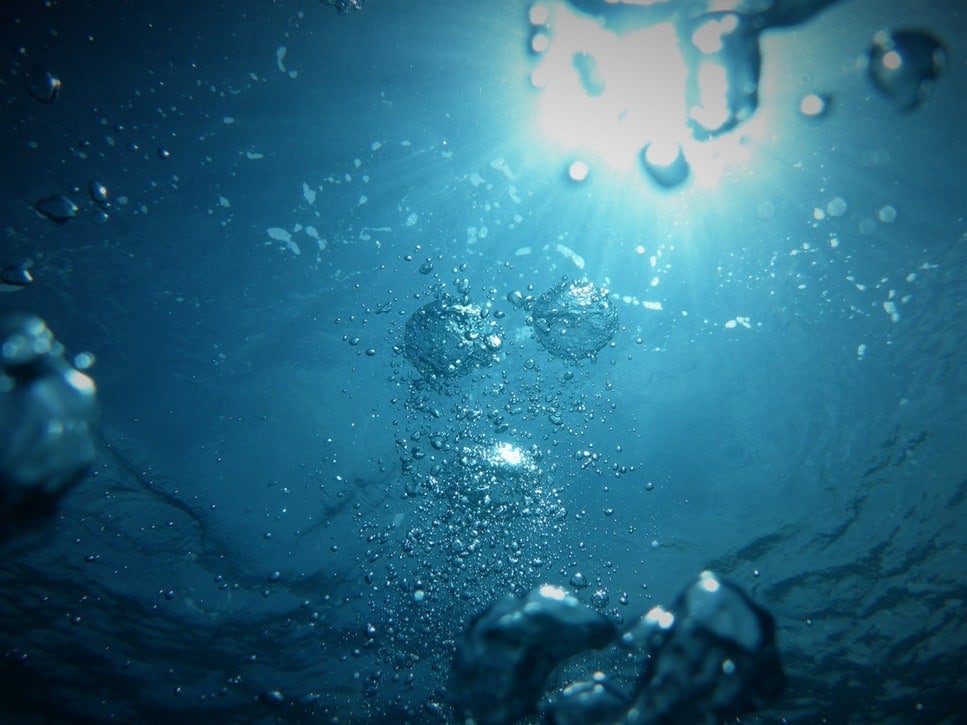TMV2 And TMV3: What You Need To Know About Thermostatic Mixing Valves
This article is focused on the uses of thermostatic mixing valves in residential and healthcare environments. It is for those who want to learn about TMV2 and TMV3 valves. This article also focuses on the different types of Thermostatic Mixing Valve (TMV) and the difference between tmv2 and tmv3 valves. We will also look at how the TMV valve can be maintained to reduce the risk of Legionella bacteria in hot and cold water systems. At the end of this article you will understand the following:
- What TMV stands for and it’s importance for safety
- The importance of a TMV and how it works
- The differences between TMV2 and TMV3 valves
- TMV Maintenance and Legionella control
What Does TMV Stand For and It’s Importance For Safety
TMV stands for Thermostatic Mixing Valve. Basically, a TMV valve is a special valve which ensures the water temperature of the water that runs through outlets does not become too hot. It is quite shocking to know that every year, children under the age of five suffer severe scalds and also people over 60s also suffer severe burns. Over 20 people die every year as a result of scalds which is caused by hot bath water and a further 570 people suffer injuries. Therefore correct installation and proper maintenance of TMV’s help to protect against scalding fatalities.
Thermostatic Mixing Valve (TMV) can be classed as a water safety device which is mostly used to control water temperature in public water outlets such as a toilet hand wash areas, showers, etc. In other words, it helps to reduce the risk of scalding and skin burns especially children, people with disabilities and elderly people. It is mostly used in public buildings/areas, schools and healthcare premises.
How Does A Thermostatic Mixing Valve Work?
The thermostatic mixing valve mixes the hot and cold water to a temperature that has been selected either by the plumber who fixed the TMV or the user. The blending valve and the mechanism in the Valve then automatically gauge the amount of hot and cold water that is flowing through it to produce a perfect blend at the set temperature.
The TMV mechanism is designed in such a way that it has a fail safe, it will automatically stop the hot supply in the event of the cold water supply going off to avoid scalding the user. In a similar way, it will also shut down and cut the cold flow of water in the event of hot water supply failure to prevent thermal shock. TMV’s should be fixed or installed and commissioned by an experienced and qualified plumber. It is very important to make sure that they are maintained regularly.
What’s the difference between TMV2 and TMV3?
There are mainly two types of TMVs. These are the difference between tmv2 and tmv3 valves:
TMV2
The TMV2 valve is the most common valve used in domestic settings. It must be regularly maintained to meet the national and international standards are met (BS EN 1111 and 1287). It is designed to work with water pressure that falls within 0.1 -1.0 bar (BS EN 1287) and 0.5 bar – 5.0 bar (BS EN 1111)
For training on the maintenance and commissioning in a domestic setting book here
Book NowTMV3
Unlike TMV2s, TMv3 is mostly used in hospital or healthcare environments. You will rarely find a TMV2 in care homes or hospitals. This is because TMV2 does not or meet NHS requirements and NHS D08 regulatory standards (An NHS Model Engineering Specification). TMV3 is ALSO designed to work with water pressure that falls within 0.2 bar – 1.0 bar (Low-Pressure D08) and 1.0 – 5.0 bar (High-Pressure D08).
Hydro-X offers a course for TMV engineers who works in a healthcare setting.
Book NowMaintenance of TMVs
Proper maintenance of the TMVs is crucial and very important. The TMV must be cleaned and serviced on a regular basis especially the ones in the health care and hospital settings. Part of the requirement of TMVs is to ensure that the valves are verified against the original set temperature and ensure that the mixed water temperature outlet is checked and regulated accordingly.
Legionella Prevention in hot and cold water systems
Legionella is a bacteria that is commonly found in natural water sources. The bacteria can multiply in temperatures that range between 20-45°C and the bacteria are dormant when the temperature falls below 20°C but do not survive above 60°C. Part of the maintenance of TMV is regular servicing of the TMVs. The servicing should include adequate safety checks.
The TMV should be inspected, cleaned, descaled and disinfected annually the strainers and filters. This cleaning will ensure that there is no dirt that could result in encouraging the growth of Legionella bacteria and will also ensure the correct flow to achieve the maximum temperatures it is set to. The temperature of the water that goes into the TMV is also extremely important in legionella temperature control. You need to ensure that the water supply to the TMV should be at least 50°C within one minute of the running water on the hot side and below 20°C within 2 minutes on the cold side.
There are standards/schemes (Tmv2 and tmv3 schemes) for the valves. This is to ensure that the quality of the valves i.e. to withstand the temperature of the hot water that passes through it. TMV2 schemes help to test and enforce the standards for residential settings while the TMV3 scheme is the higher level scheme that enforces the standard for health care settings.



